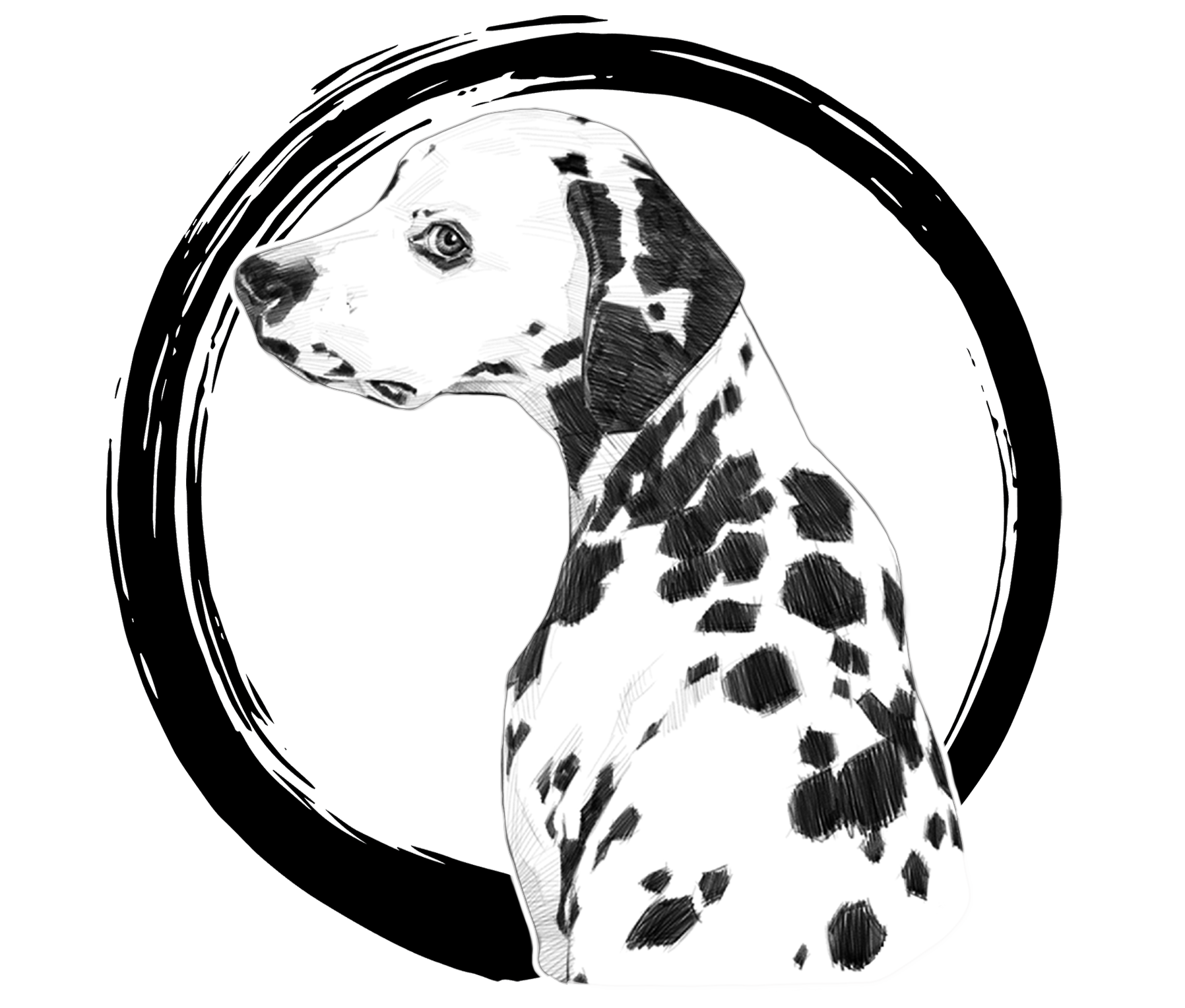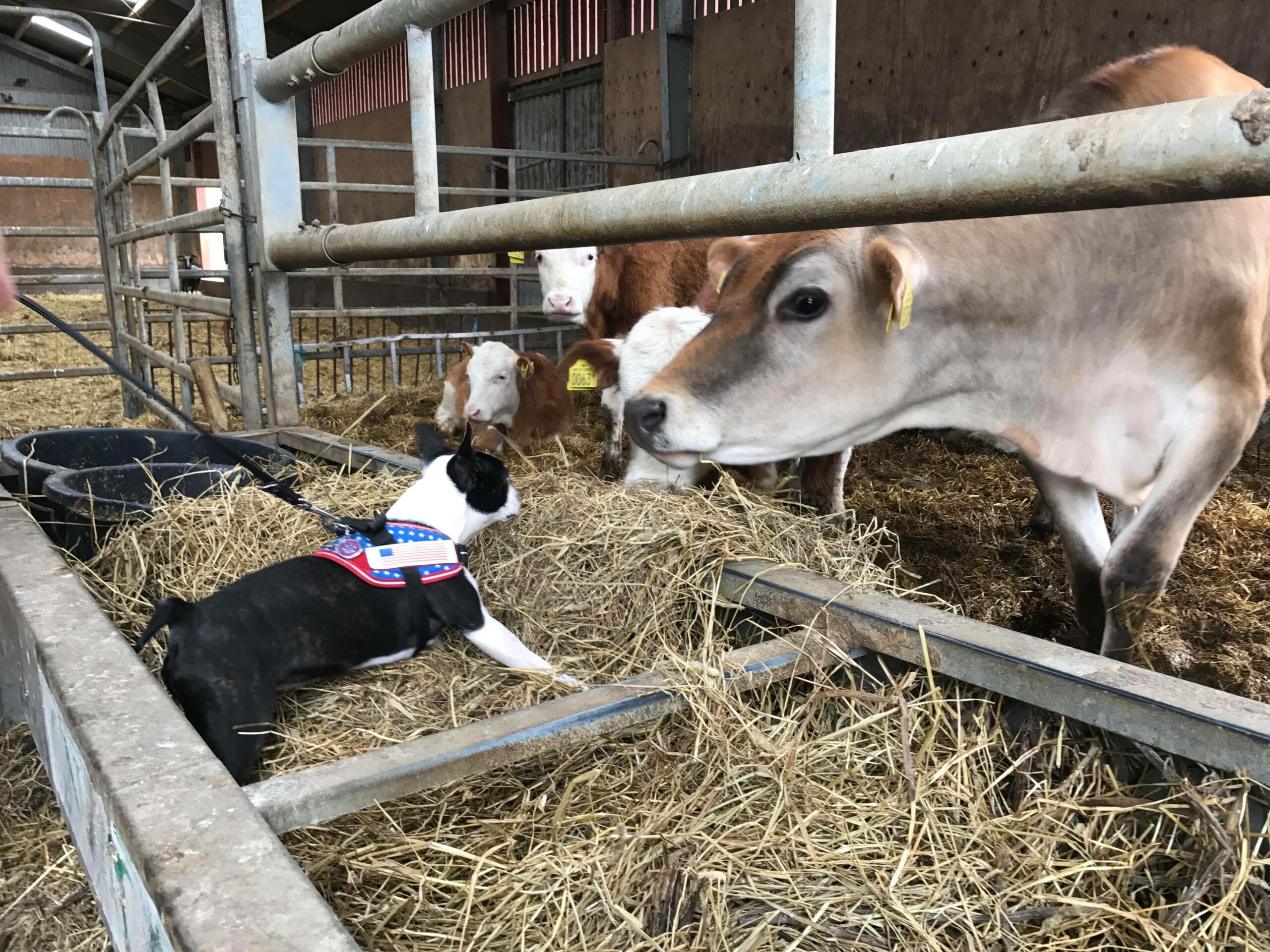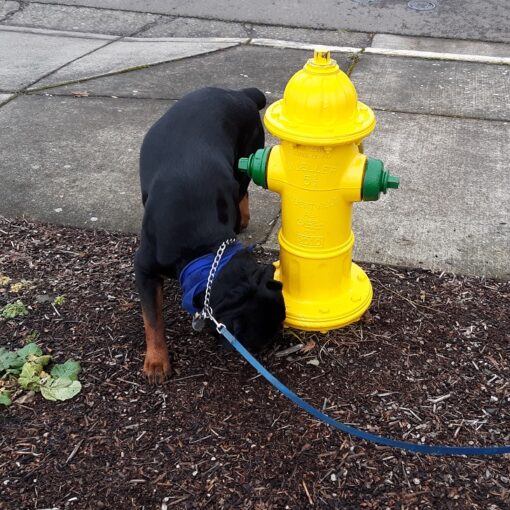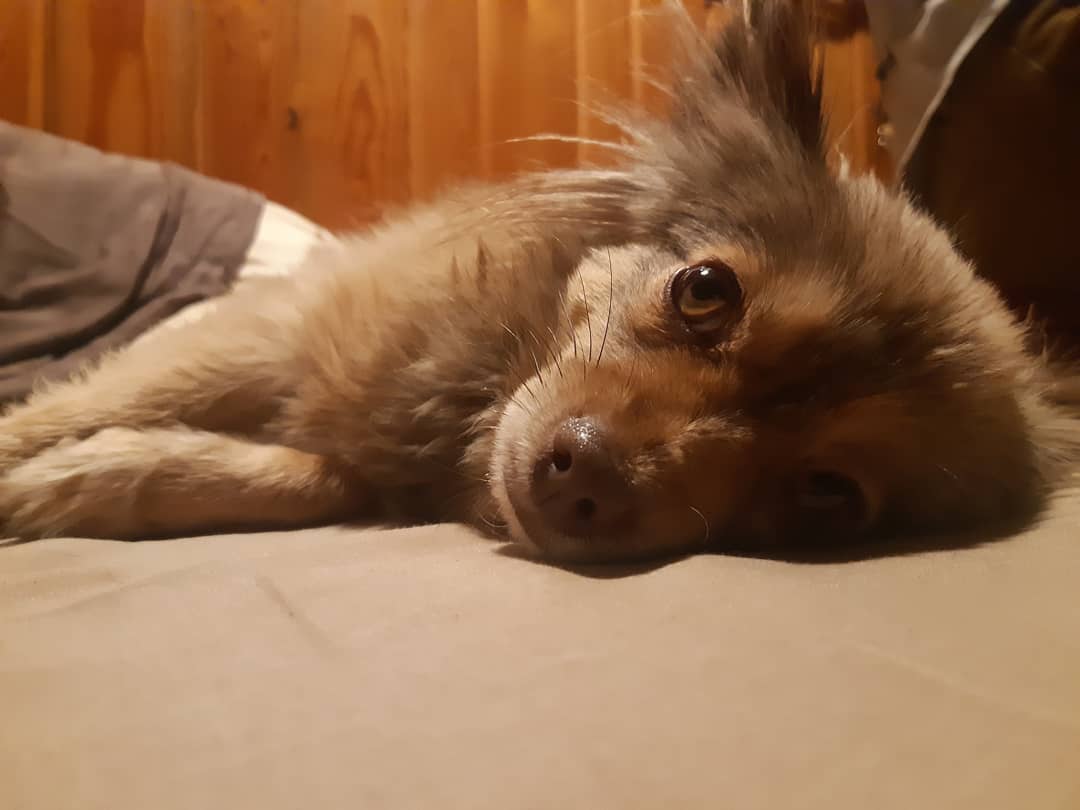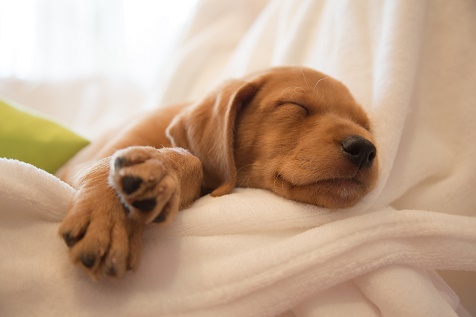Congratulations! You got a new puppy. I know you are excited and ready to begin your new relationship with your dog, so here are some tips to get you off on the right foot.
10 quick tips for Housetraining
1. Puppies don’t have developed bladders or muscle control yet, so they need to go outside a lot. Every 15 minutes isn’t too often. Start with every 15 minutes, and increase time by 50% if they are good with no accidents for 3 days. If you have an accident, go back a step in your training!
2. Puppies need to go outside immediately after eating, drinking, playing or napping.
3. You may need to get up during the night for a while too. Just remember—setting a good routine now is going to pay off. Keep any midnight excursions boring–no play. Hot tip: people who co-sleep with their puppies don’t usually need to get up as often–the down side–your pupy may want ot share your bed for life 🙂
4. Don’t wake your puppy to go potty–puppies metabolism slows down during sleep and they can hold it quite a while during sleep.
5. Take your puppy out on a leash—if you give too much freedom, they may get distracted and forget to potty! Instead, Limit their adventures to a 10-30 ft circle (larger for larger dogs) until they potty. Once they potty, praise gently (you can also treat!), then go for a fun adventure!
6. If you take your puppy out and she doesn’t potty, bring her back inside, wait 10-15 minutes, then, take her back out and try again.
7. If you catch your puppy in the act of pottying inside, interrupt gently and take her outside to finish. Then praise her for pottying outside. don’t scold, yell or rub their nose in it (it generally doesn’t help, and may make the pup hide from you when they need to potty). Simply clean it up with an enzymatic cleaner made specifically for pet stains. Make a note in your journal–you may notice patterns like “pees immediately after play” or “wait 5 min after meals to take puppy out”.
8. Puppy pads can be confusing! Some dogs have trouble learning to “go here” or may miss the pad. Some potty pads are heavily scented, and can lead the dog to thinking the whole house is a toilet. If your intention is to have a dog who potties outside, start house training when you first bring your puppy home (play pens with a potty area for prolonged confinement inside–e.g. when you are at work–are the exception).
9. Best advice is supervise your puppy carefully, and take her out frequently. View every potty outside as a success adn let your feelings show! Avoid The more she is allowed to practice the behavior of pottying in the house, the harder it will be to train. You can utilize baby gates or play pens to restrict her access to the house if needed.
10. It can take 6 months for a pup to be fully house trained, and even at this stage they are unlikely to generalize to your friends houses or stores. Be extra careful when visiting family, friends, or public spaces.
10 Tips for your first puppy!
1. Puppies bite. It is natural! But that doesn’t mean it is fun or acceptable to us. There are three essential components to teaching a puppy not to bite you (or your kids). Biting you should be boring (freeze, “be a tree”, or leave). It needs to be fun to bite other things (play with the puppy when they pick up something to play with!). Humans (and hands) should never be scary (scary hands can result in fear or aggressive biting, even in puppies). Please do NOT smack your puppy, close her mouth shut or in any other way physically punish your puppy for doing what comes naturally. Instead, it is more effective to show a puppy what you would like. Check out this link for a great alterantive! Kikopup puppy mouthing–what to do instead.
2. In addition to biting, puppies chew everything. So, until your puppy has learned the expectations and what is good to chew on, pick up or protect everything that you don’t want your puppy to chew on. That means shoes, toys, remotes, phones, cords—even table legs (put some pvc pipe around them!) and rugs (put your Grandmas heirloom in storage until your puppy is almost 2 yrs old). Puppy proof prior to the puppy coming into your home and have a talk with all members of the family about how important it is to keep all chewable things out of reach (underwear and socks are a dangerous favorite–consider hampers with lids. Check with our trainers for some default leave-it games if your puppy is more trainable than your kids!.) In the event your puppy chews something she isn’t supposed to, trade her for something appropriate like a nice treat. Scolding and taking things away usually just turns it into a game–and that can be dangerous, especially once puppy starts swallowing items.
3. Punishment doesn’t work. Dogs don’t think like we do. If they chew something up when we aren’t watching and then come in yelling and screaming, they don’t connect your anger with what they chewed 20 minutes ago.
4. I believe in teaching a puppy what is acceptable—One of my favorite methods to do this is Kathy Sdao’s “SMART 50” program. For information on that, visit this site: http://www.dogsandbabieslearning.com/2013/02/09/kathy-sdaos-smart-x-50-anotherway-to-use-1000-treats/.
5. If you have children, please teach them the proper way to interact with the puppy—no smacking, hitting, pulling tails, ears, etc. At no time should young children be left unattended with a dog.
6. Never punish a growl—dogs growl to warn us that they are uncomfortable. Instead, learn to listen to your new dog—why is she growling? When you figure out that, you can work on the underlying issue.
7. Once your puppy is fully vaccinated, begin taking her out in the world. Expose her to new sights, sounds, etc. She doesn’t have to meet everyone, but she needs to be exposed to the world.
8. Jumping is an attention seeking behavior. In my experience, the best way to eliminate the issue is to teach an incompatible behavior. I love this method: https://www.youtube.com/watch?v=lC_OKgQFgzw .
9. While working with your new puppy, remember that mental activity (training, puzzle toys, tricks) will become just as important as physical exercise. 15 minutes of mental activity can wear a dog out as much as an hour pf physical exercise.
10. Puppies are frustrating, and there may be times you want to give up. Don’t. Reach out for help, take a breath and remember that all the hard work will pay off.
